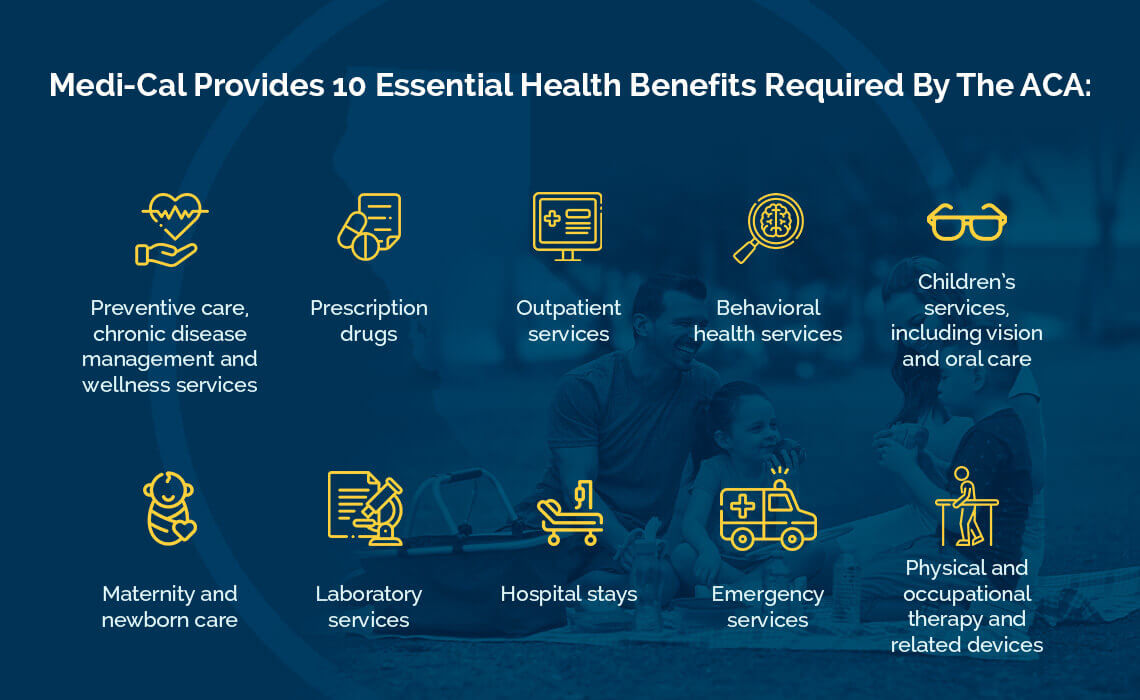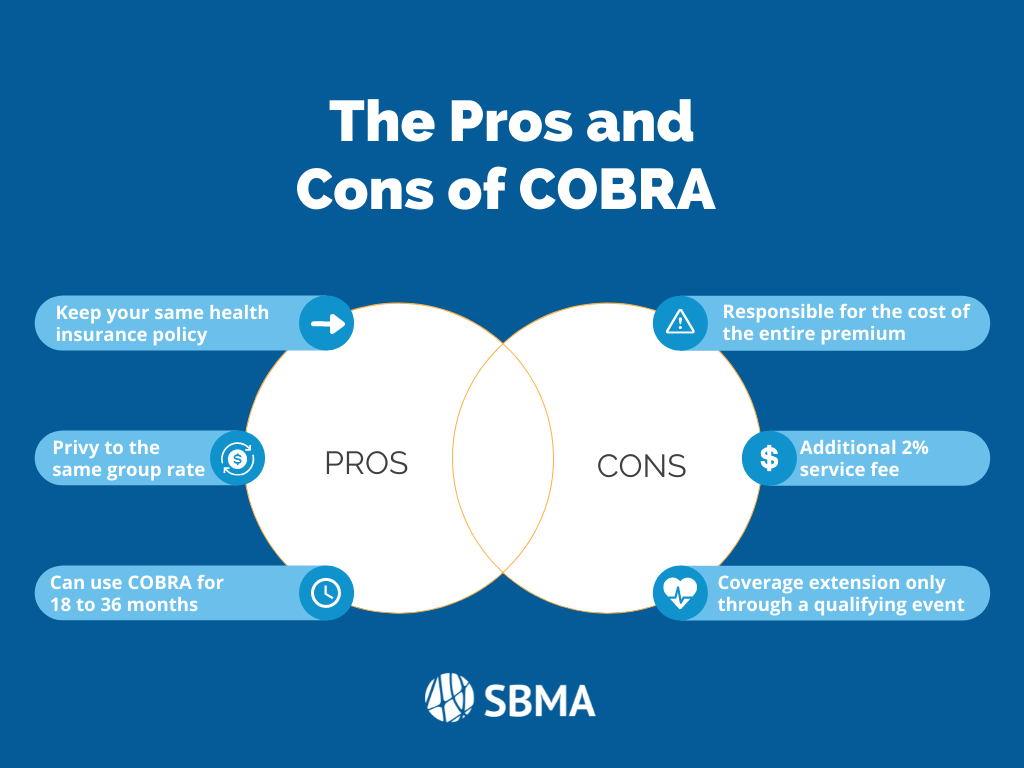The Best Strategy To Use For Medicare Advantage Agent
The Best Strategy To Use For Medicare Advantage Agent
Blog Article
Fascination About Medicare Advantage Agent
Table of ContentsHow Medicare Advantage Agent can Save You Time, Stress, and Money.Some Ideas on Medicare Advantage Agent You Need To KnowMore About Medicare Advantage Agent

complies with from perplexing the relatively young age profile of the without insurance with the better health and wellness, usually, of more youthful persons. This covers the link in between health and wellness standing and medical insurance. For those without accessibility to workplace medical insurance, poor wellness is a prospective barrier to buying nongroup coverage due to the fact that such protection may be highly priced, omit pre-existing problems, or be merely unavailable. The variety of without insurance Americans is not especially big and has not altered in the last few years. 7 out of 10 respondents in an across the country depictive study assumed that less Americans lacked medical insurance than really do(Fronstin, 1998). Roughly fifty percent(47 percent )thought that the number of people without medical insurance lowered or continued to be constant over the last half of the last decade(Blendon et al., 1999). This decrease of almost 2 million in the variety of people 'without insurance policy (a decrease
of about 4 percent)is certainly a favorable change. With a softer economic situation in 2000 the most recent reported gains in insurance policy protection might not continue(Fronstin, 2001 ). The decline in the variety of uninsured will not continue if the economic situation continues to be sluggish and healthcare prices continue to outpace rising cost of living. This is since the data were accumulated for a duration of strong economic performance. Of the estimated 42 million individuals who were uninsured, just about concerning 420,000(regarding 1 percent)were under 65 years old, the age at which most Americans come to be qualified for Medicare; 32 million were grownups in between ages 18 and 65, about 19 percent of all grownups in this age; and 10 million were children under 18 years old, regarding 13.9 percent of all youngsters (Mills, 2000). These price quotes of the number of persons uninsured are created from the yearly March Supplement to the Current Populace Study (CPS), carried out by the Census Bureau. Unless or else kept in mind, national price quotes of individuals without medical insurance and proportions of the populace with different type of insurance coverage are based upon the CPS, one of the most widely made use of source of price quotes of insurance policy protection and uninsurance prices. These studies and the estimates they generate are explained briefly in Table B. 1 in Appendix B - Medicare Advantage Agent. These surveys differ in size and sampling methods, the questions that are asked regarding insurance
8 Easy Facts About Medicare Advantage Agent Described
insurance coverage, and the moment duration over which insurance coverage or uninsurance is measured(Lewis et al., 1998, Fronstin, 2000a ). Still, the CPS is especially beneficial due to the fact that it produces yearly price quotes relatively quickly, reporting the previous year's insurance protection approximates each September, and because it is the basis for a consistent set of estimates for greater than two decades, allowing for evaluation of patterns in protection over time.

More About Medicare Advantage Agent
Over a three-year duration beginning early in 1993, 72 million people, 29 percent of the united state population, lacked coverage for at the very least one month. Within a solitary year(1994), 53 million individuals experienced at the very least a month without coverage(Bennefield, 1998a). Six out of every ten uninsured grownups are themselves employed. Working does improve the possibility that one and one's household members will have insurance, it is not an assurance. Also participants of households with two full-time wage income earners have practically a one-in-ten possibility of being uninsured (9.1 percent without insurance rate)(Hoffman and Pohl, 2000 ). The connection between medical insurance and access to care is well developed, as recorded later in this phase. Although the partnership between medical insurance and wellness outcomes is neither straight nor easy, an extensive scientific and wellness solutions research literary works web links medical insurance protection
to enhanced accessibility to care, better useful content high quality, and improved personal and populace health and wellness status. For instance, the 2nd report, on individual health and wellness outcomes for without insurance adults, is stood for by the innermost circle of the figure, while the third report, on family members wellness, encompasses the subjects of the second report yet emphasizes a various unit of evaluation, namely, the family. The sixth report in the collection will provide details about approaches and initiatives taken on in your area, statewide, or nationally to resolve the absence of insurance and its unfavorable effects. Degrees of analysis for taking a look at the effects of uninsurance. This discussion of health insurance protection focuses mainly on the U.S. populace under age 65 since virtually all Americans 65 and older have Medicare or various other public insurance coverage.
It concentrates especially on those without any wellness insurance policy for any kind of size of time. The issues encountered by the underinsured remain in some areas comparable to those dealt with by the without insurance, although they are typically much less severe. Uninsurance and underinsurance, however, involve distinctly various plan issues, and the strategies for addressing them may differ. Throughout this research study and the five reports to follow, the main emphasis is on persons without any health insurance and thus no support in spending for healthcare beyond what is readily available via charity and safety internet organizations. Medical insurance is a powerful element affecting invoice of treatment since both patients and doctors respond to the out-of-pocket price of solutions. Medical insurance, nevertheless, is neither required nor adequate to get to medical services. The independent and direct impact of wellness
insurance coverage on access accessibility health services solutions well establishedDeveloped Others will certainly acquire the healthcare they need even without medical insurance, by spending for it expense or seeking it from companies who use treatment free or at very subsidized prices. For still others, health insurance coverage alone does not make sure receipt of treatment as a result of other nonfinancial barriers, such as a lack of healthcare service providers in their area, minimal accessibility to transportation, illiteracy, or linguistic and cultural distinctions. Formal study concerning uninsured populations in the United States dates to the late 1920s and early 1930s when the Board on the Price of Medical Care created a collection of reports about financing physician office sees and hospital stays. This concern ended up being prominent as the numbers of medically indigent climbed during the Great Depression. Empirical studies regularly support the link in between accessibility to care and boosted health and wellness results(Bindman et al., 1995; Starfield, 1995 ). Having a normal resource of care can be thought about a forecaster of access, instead than a direct action of it, when health and wellness outcomes are themselves used as accessibility indications. This expansion of the concept of accessibility dimension was made by the IOM Committee on Monitoring Access to Personal Health Care Solutions(Millman, 1993, p. Whether parents are insured appears to influence whether their children obtain treatment in addition to how much careeven if the children themselves have insurance coverage(Hanson, 1998). The wellness of moms and dads can influence their capacity to take care of their kids and the level of household anxiety. Bothering with their children's accessibility to care is itself a resource of tension for parents. Three phases adhere to in this record. Chapter 2 provides an overview of how employment-based medical insurance, public programs and specific insurance policies operate and engage to offer substantial but incomplete insurance coverage of the U.S. populace. This consists of a review of historical trends and public plans influencing both public and exclusive insurance policy, a discussion of the communications see here among the different sorts of insurance, and an exam of why individuals move from one program to one more or wind up
Report this page